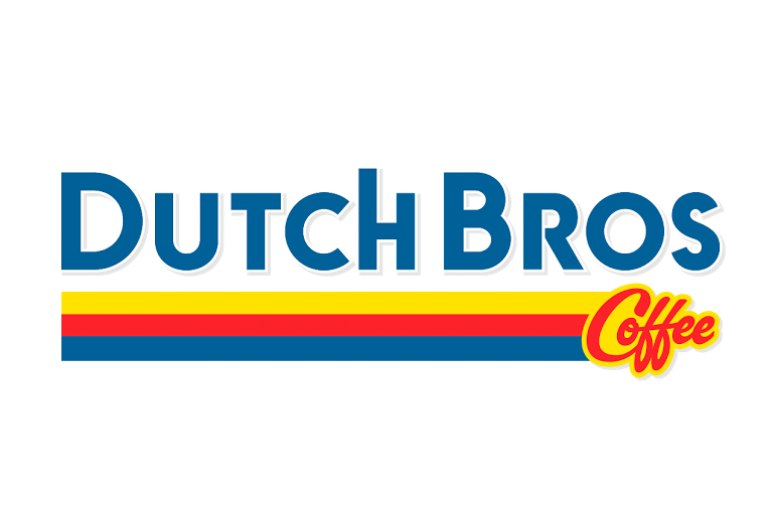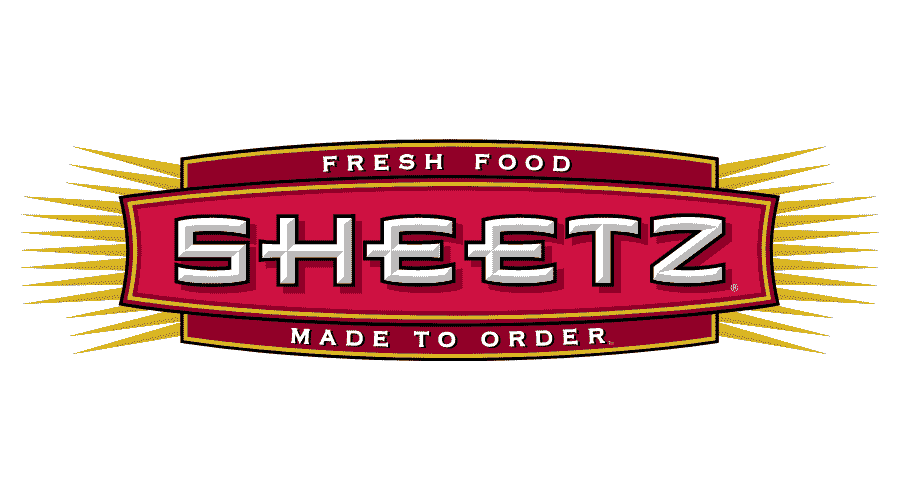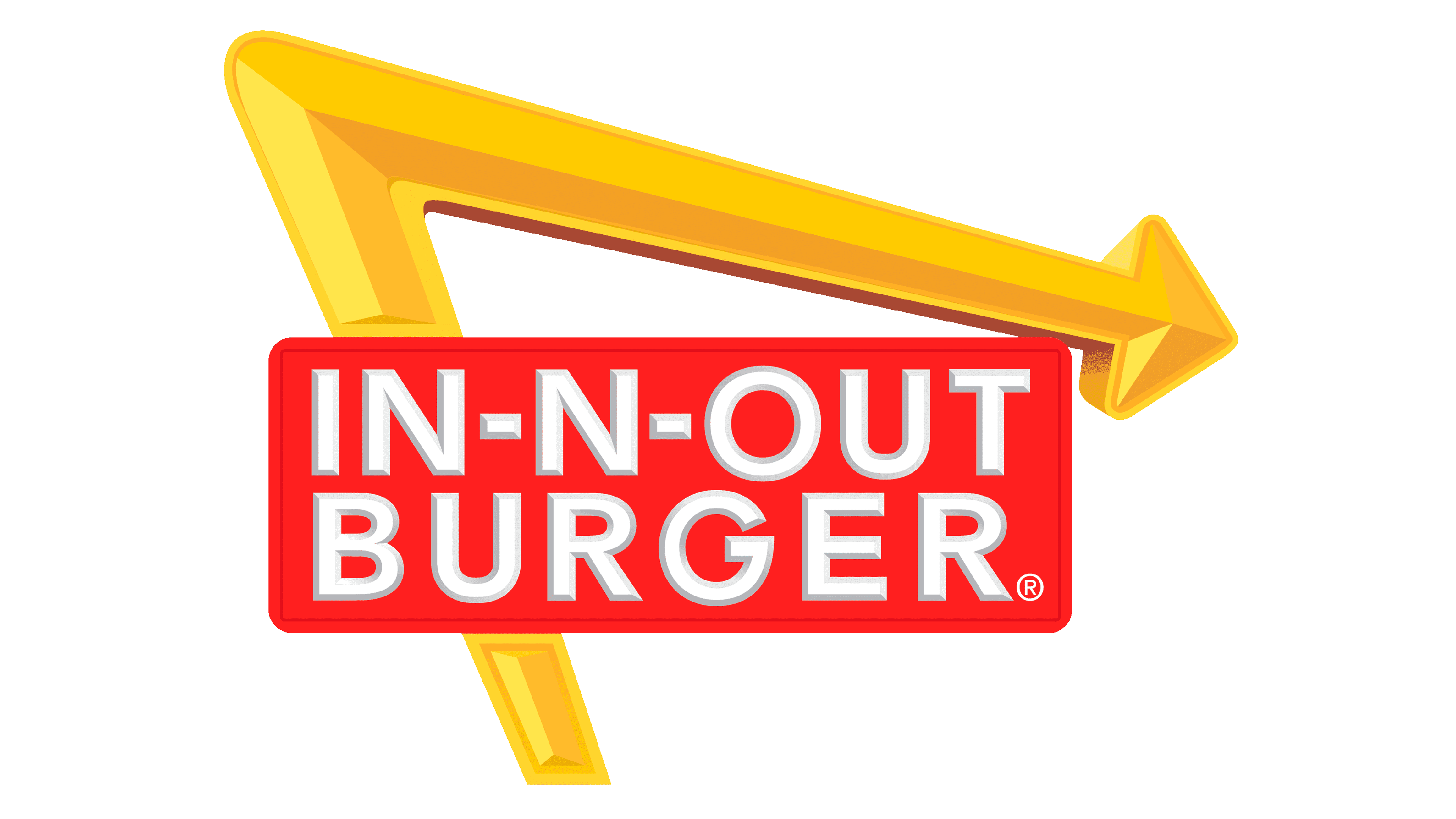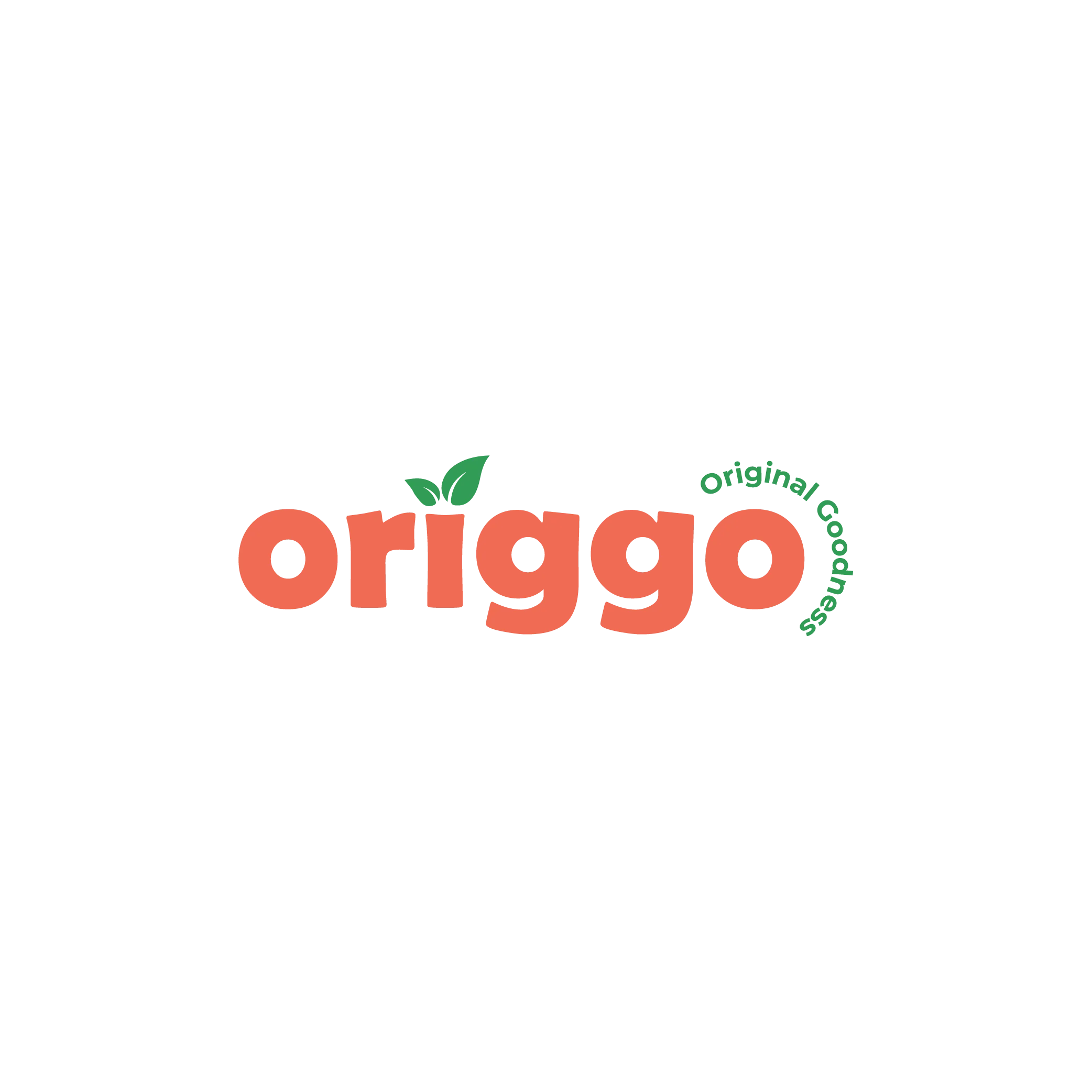Affordable ✨AI Digital Solutions Company That Delivers Results
HJP Media is the fastest growing AI digital solutions company in the world, offering innovative, cost-effective digital marketing services and software development services by using human and AI power to drive your business success.


01.
Analysis
We assess your needs, market trends, and competition to devise effective strategies tailored to your business.
02.
Implementation
Our team swiftly executes solutions, utilizing AI technology to optimize performance and deliver rapid results.
03.
Evaluation
Regular reviews ensure our strategies align with your goals, maintaining affordability while continuously enhancing your digital presence.
Why You Are Choosing Right Company
3+
YEARS OF
EXPERIENCE
- Expertise In AI Integration
- Client-Centric Approach
- Rapid Responses And Efficient strategies
- Meet Your Budget
- Founder With 8 Years Of Expertise In This Field.
No GUESSWORK Like OTHER Digital Marketing AGENCY
Our AI Services
Establish Your Brand as an Industry Leader and Boost Profitability
AI Automation & Consultancy
AI Automation & Consultancy helps businesses use artificial intelligence to work smarter and save time. Our experts set up AI systems that can handle tasks automatically, freeing up your team to focus on more important work. We also provide advice on the best AI strategies for your business, helping you stay ahead in the market. Whether you’re looking to improve efficiency, reduce costs, or gain new insights, our AI services can help you achieve your goals.
Web Design & APP Development
It offers top Web Design & App Development services, focusing on creating visually appealing and user-friendly websites and apps. They specialize in delivering the best UI & UX designs, ensuring your website or app is easy to navigate and engaging. Their designs include mobile-friendly animations, making your site or app look great on all devices. Trust us for all your digital design needs and see the difference professional, well-crafted designs can make.
AI ✨ Chatbot Development
We specializes in AI Chatbot Development, creating intelligent chatbots that enhance customer service and engagement. These chatbots can handle customer queries, provide instant support, and improve user experience on your website or app. With our expertise, your chatbot will be smart, responsive, and able to understand natural language, making interactions smoother, more efficient and accurate responses 24/7 .
Email Marketing
Email Marketing service helps you connect with your audience through targeted and effective campaigns. They create engaging content that captures attention, promotes your products or services & drives conversions. Data-driven strategies to ensure your emails reach the right people at the right time, maximizing your ROI. With their expertise, you can build strong customer relationships and grow your business. Choose to us for successful email marketing that delivers results.
SEO Services
Expert SEO Services to boost your online visibility across all platforms, including Google, LinkedIn, Amazon, Shopify, YouTube, etc. Their comprehensive SEO strategies cover both global & local search optimization, ensuring your business ranks higher & attracts more traffic. It helps improve your website’s performance & search engine rankings, driving more potential customers to your business. Trust their proven expertise for effective SEO solutions.
Graphic Designing
Graphic Designing Service, offering creative and eye-catching designs for all your needs. From logos to brochures, business cards and social media graphics, their team delivers high-quality visuals that make your brand stand out. With a focus on clarity and appeal, We ensures your graphics effectively communicate your message and attract attention. Trust for our professional graphic designers services that enhance your brand’s image and engage your audience.
Social Media and Viral Marketing
Social Media and Viral Marketing, helping your business reach a wider audience online. We create engaging content and strategic campaigns to boost your brand’s visibility and drive more interactions. With expert techniques in viral marketing, We ensures your message spreads quickly and effectively across social platforms. Increase your online presence and attract more customers.
Custom Software Development
We create custom software to improve your operations and enhance productivity. From concept to deployment, We ensures your software is user-friendly and fully efficient. Our expert team delivers custom-built applications that integrate seamlessly with your existing systems, offering personalized support and innovation. Software that fits your unique requirements and drives your business forward.
Cyber Security Services
Robust Cyber Security Services to protect your digital assets from threats and attacks. Our expert team uses advanced AI tools and techniques to secure your data, systems, and networks. You get comprehensive protection against cyber threats, ensuring your business stays safe and secure online. Trust our services to keep your information safe and your operations running smoothly.
Trusted By Many Companies in the World




















Our Partners Triumphs: Transforming Visions into Reality Together
CALL TO ACTION
Need Best Help For Digital Corporating!
Ready To Skyrocket Your Online Presence? Join With Us, The Affordable Digital Marketing Company Delivering Rapid Solutions. CONTACT US NOW And Watch Your Business Thrive
GET A FREE CONSULTATION FOR 15 MINUTES
Our Work at a Glance












